Key Takeaways
- Melatonin is the body’s natural sleep hormone and its production drops in darker months.
- Seasonal Affective Disorder (SAD) is tied to disruptions in the circadian rhythm that melatonin helps regulate.
- Light therapy, proper sleep timing, and, when appropriate, melatonin supplementation can ease SAD symptoms.
- Consult a health professional before starting any supplement, especially if you take other medications.
Ever wonder why you feel sluggish, sleepy, or down when the days get shorter? That groggy, gray‑mood vibe isn’t just a bit of winter blues; for many it’s a full‑blown case of Seasonal Affective Disorder is a type of depression that follows a seasonal pattern, typically worsening in fall and winter when daylight shrinks. The hormone most people associate with bedtime - Melatonin is a hormone produced by the Pineal Gland that signals to your body when it’s time to wind down. When daylight drops, melatonin ramps up, nudging you toward sleep. But the relationship between melatonin and SAD runs deeper than a simple “dark‑makes‑you‑sleepy” story.
What Is Melatonin and How Does It Work?
Melatonin belongs to a family of hormones that help set the Circadian Rhythm, the internal 24‑hour clock that governs sleep, hormone release, body temperature, and even mood.
During daylight, retinal cells send signals to the suprachiasmatic nucleus (SCN) in the brain, telling the pineal gland to keep melatonin production low. As evening approaches and light exposure wanes, the SCN relaxes, allowing the pineal gland to secrete melatonin into the bloodstream. This rise peaks around 2‑3 a.m. and then tapers off, preparing you for waking.
Because melatonin is tightly linked to light, any shift in daylight-like the shorter days of winter-can tip the balance and throw the entire circadian system off‑kilter.
Understanding Seasonal Affective Disorder
SAD isn’t just feeling a bit low; it’s a clinically diagnosable mood disorder that can include fatigue, oversleeping, carbohydrate cravings, and loss of interest in usual activities. The Diagnostic and Statistical Manual of Mental Disorders (DSM‑5) classifies it under “Major Depressive Disorder with Seasonal Pattern.”
Research shows a clear pattern: as latitude increases, the prevalence of SAD climbs. In places above 45° N, up to 10 % of the population experiences clinically significant symptoms each winter.
One of the leading theories is that reduced sunlight decreases serotonin production and disrupts melatonin rhythms, creating a double‑hit on mood regulation.
How Melatonin Levels Change With the Seasons
Several longitudinal studies have measured nighttime melatonin across seasons. A 2023 study in the *Journal of Affective Disorders* tracked 120 volunteers over a full year. Results showed an average 25 % increase in melatonin secretion during winter nights compared to summer, but the timing of the rise shifted earlier, leading to a misalignment with the body’s natural wake time.
In simple terms, you might get a stronger melatonin signal sooner, making you want to go to bed earlier-even if your work or school schedule doesn’t shift. That misalignment is a core component of the “social jetlag” many people feel in winter.
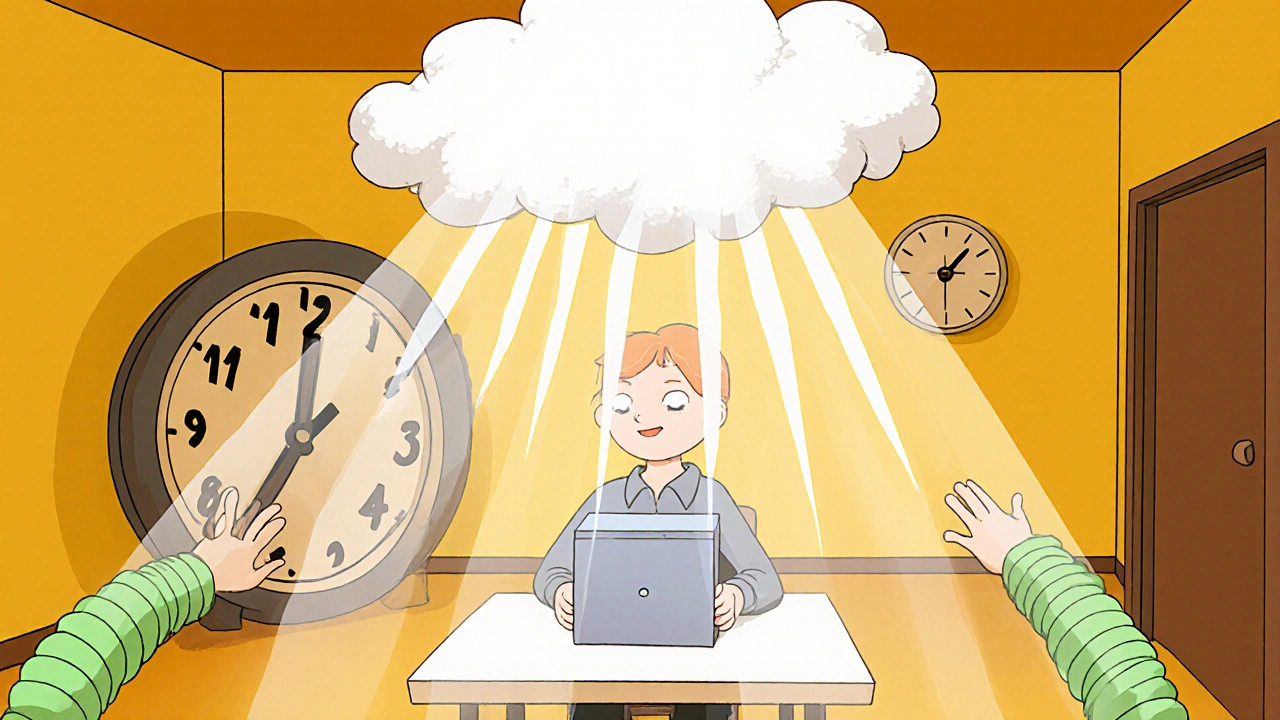
Why That Misalignment Feels Like Depression
Melatonin isn’t just a sleep signal; it interacts with other mood‑related chemicals. For instance, melatonin can inhibit the release of Serotonin, a neurotransmitter linked to happiness and appetite control. When melatonin spikes early, serotonin production can be suppressed for longer periods, contributing to low mood.
Additionally, high melatonin can affect vitamin D synthesis because sunlight is needed both for vitamin D production and for suppressing melatonin. Low vitamin D levels have independently been associated with depressive symptoms, creating a feedback loop that amplifies SAD.
Practical Ways to Reset the Melatonin‑SAD Connection
Knowing the biology helps us target the problem. Below are three evidence‑based strategies that either adjust melatonin timing or mitigate its downstream effects.
- Bright Light Therapy: Sitting in front of a 10,000‑lux light box for 20‑30 minutes each morning can suppress melatonin production, shift the circadian clock later, and boost serotonin. A 2022 meta‑analysis of 19 randomized trials found a 60 % remission rate for moderate‑to‑severe SAD when light therapy was used consistently.
- Melatonin Supplementation (When Needed): Counterintuitive as it sounds, low‑dose melatonin taken after sunset (around 9‑10 p.m.) can help stabilize the rhythm for people whose internal clock is delayed. The key is timing and dose-typically 0.3 mg to 1 mg, not the 5‑10 mg over‑the‑counter versions that can overshoot and worsen morning grogginess.
- Sleep‑Wake Consistency: Going to bed and waking up at the same times every day, even on weekends, reinforces the SCN’s signal. Pair this habit with reduced screen exposure after 8 p.m. (blue light filters or amber glasses) to avoid artificial melatonin suppression.
Choosing the Right Light Box and Supplement
| Season | Average Nighttime Melatonin (pg/ml) | Typical Symptoms | Best Intervention |
|---|---|---|---|
| Spring | 30‑35 | Energy boost, occasional insomnia | Maintain regular sleep schedule |
| Summer | 20‑25 | Restless nights, low melatonin | Evening melatonin (0.3 mg) if needed |
| Fall | 35‑40 | Early evening sleepiness, mood dip | Morning light therapy (20‑30 min) |
| Winter | 45‑50 | Oversleeping, low mood, cravings | Morning light therapy + consistent bedtime |
When picking a light box, look for a device that delivers at least 10,000 lux at a comfortable distance (about 12‑18 inches). The box should emit a full‑spectrum white light without UV radiation.
For melatonin supplements, choose a product that lists the exact dose in milligrams, is third‑party tested, and avoids added herbs unless you specifically need them.
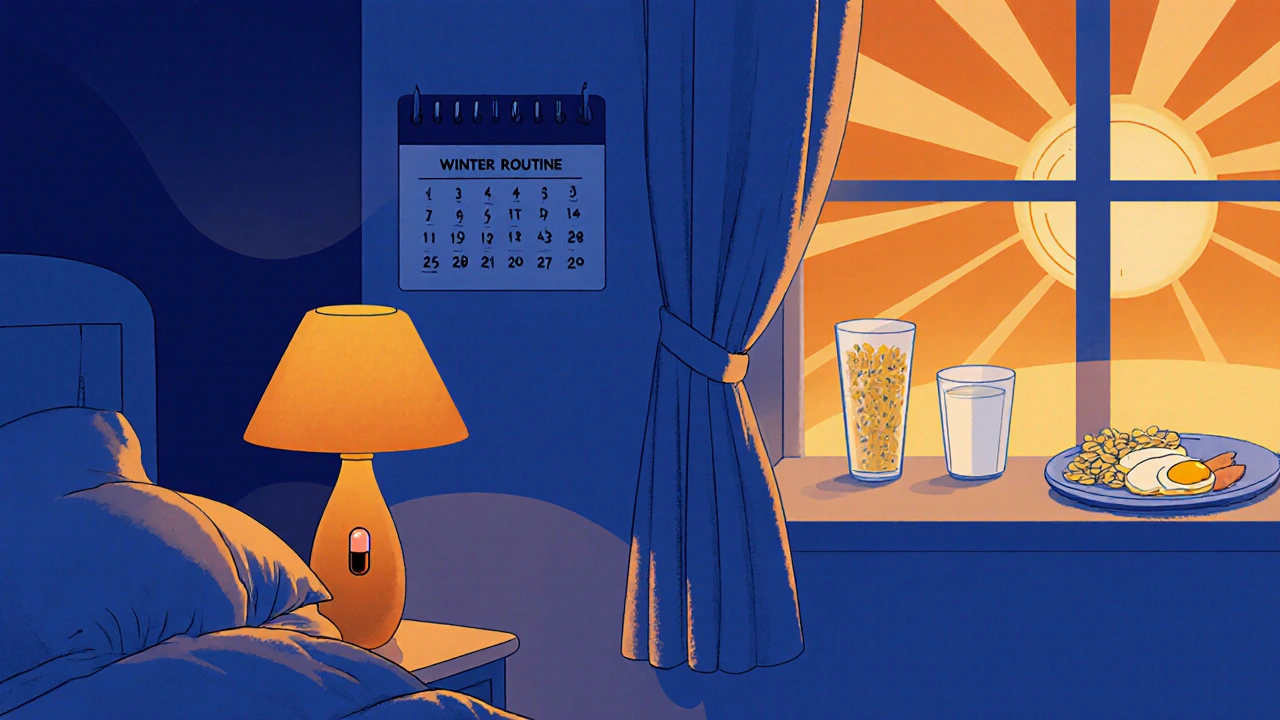
Safety and Contra‑Indications
Melatonin is generally safe for short‑term use, but it can interact with blood thinners, immunosuppressants, and certain antidepressants (especially SSRIs). If you’re pregnant, nursing, or have a seizure disorder, talk to a doctor before starting.
Light therapy is also well‑tolerated but can cause eye strain or headache in rare cases. Start with 10‑15 minutes and gradually increase to the full 30‑minute dose.
Putting It All Together: A Sample Winter Routine
- Wake up around 7 a.m. and sit in front of a 10,000‑lux light box for 20 minutes. Keep the box at eye level but don’t stare directly.
- Have breakfast rich in protein and complex carbs; add a vitamin D‑rich food (e.g., fortified milk) or consider a supplement if you’re low.
- Work or study in a brightly lit environment (at least 300 lux). Take short breaks to look outside if daylight is available.
- Around 9 p.m., take 0.5 mg of melatonin if you notice early evening drowsiness. Avoid screens after this time.
- Go to bed by 10 p.m., keep the room cool and dark, and aim for 7‑8 hours of sleep.
Sticking to this routine for two weeks often yields noticeable mood improvement and steadier energy levels.
Frequently Asked Questions
Can melatonin cure SAD?
Melatonin alone rarely "cures" SAD. It can help regulate a misaligned circadian rhythm when used correctly, but the most effective approach combines light therapy, consistent sleep habits, and sometimes antidepressants.
How long should I use a light box?
Most guidelines recommend daily sessions throughout the winter months (October‑March). If symptoms improve, you can taper off gradually and resume in the fall.
Is it safe to take melatonin with antidepressants?
Mixing melatonin with SSRIs or SNRIs can sometimes increase serotonin levels too much, leading to mild side‑effects. Always check with a healthcare provider before combining them.
Do I need a prescription for melatonin?
In most countries, including Australia, melatonin is available over the counter in low doses (0.3‑1 mg). Higher doses require a prescription.
Can diet affect my melatonin levels?
Yes. Foods like tart cherries, walnuts, and oats contain small amounts of melatonin. Maintaining a balanced diet with enough magnesium and vitamin B6 can also support natural production.
Understanding the dance between melatonin and Seasonal Affective Disorder gives you a clear roadmap to feel better when daylight fades. By tweaking light exposure, timing your melatonin, and keeping a steady sleep schedule, you can break the winter slump and keep your mood bright all year long.

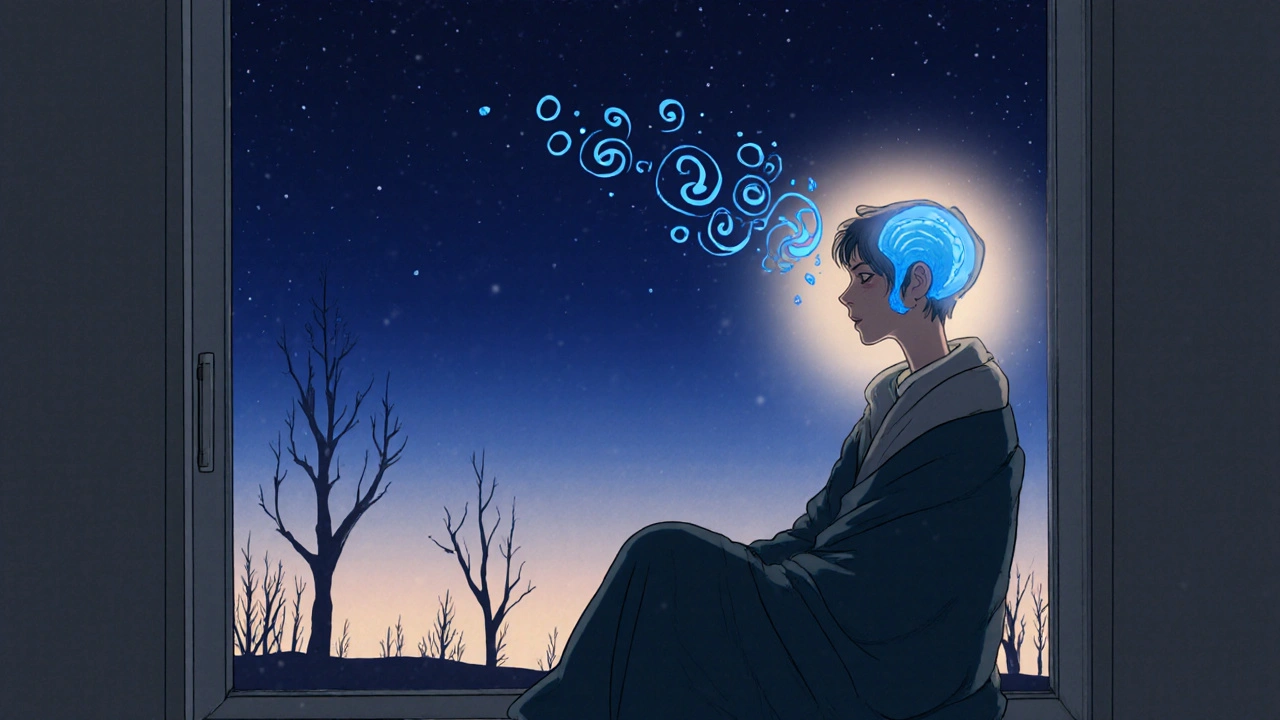
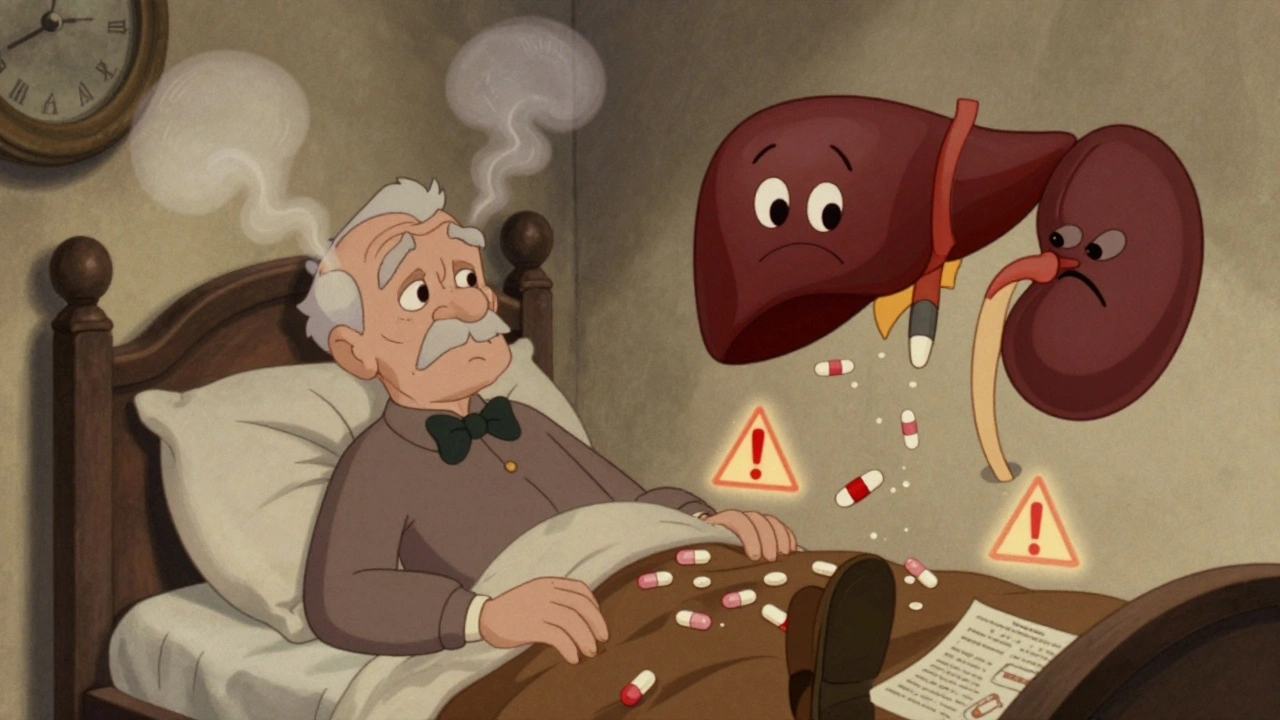
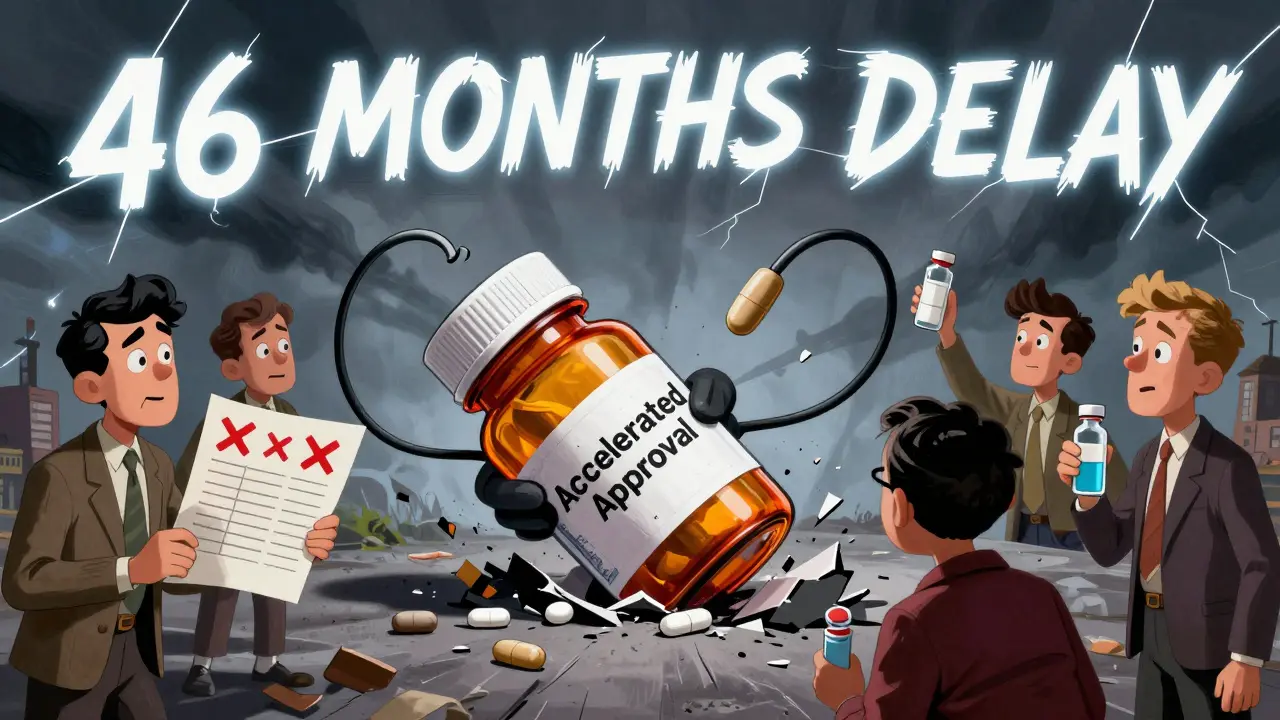
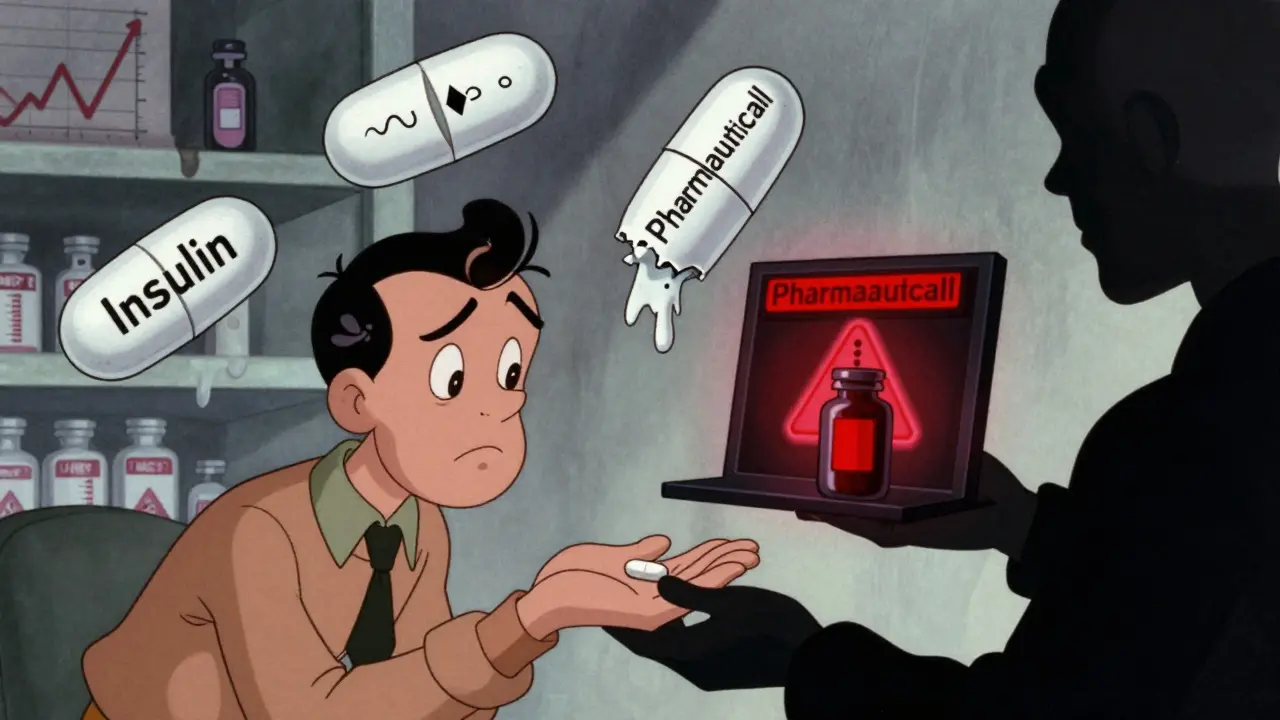

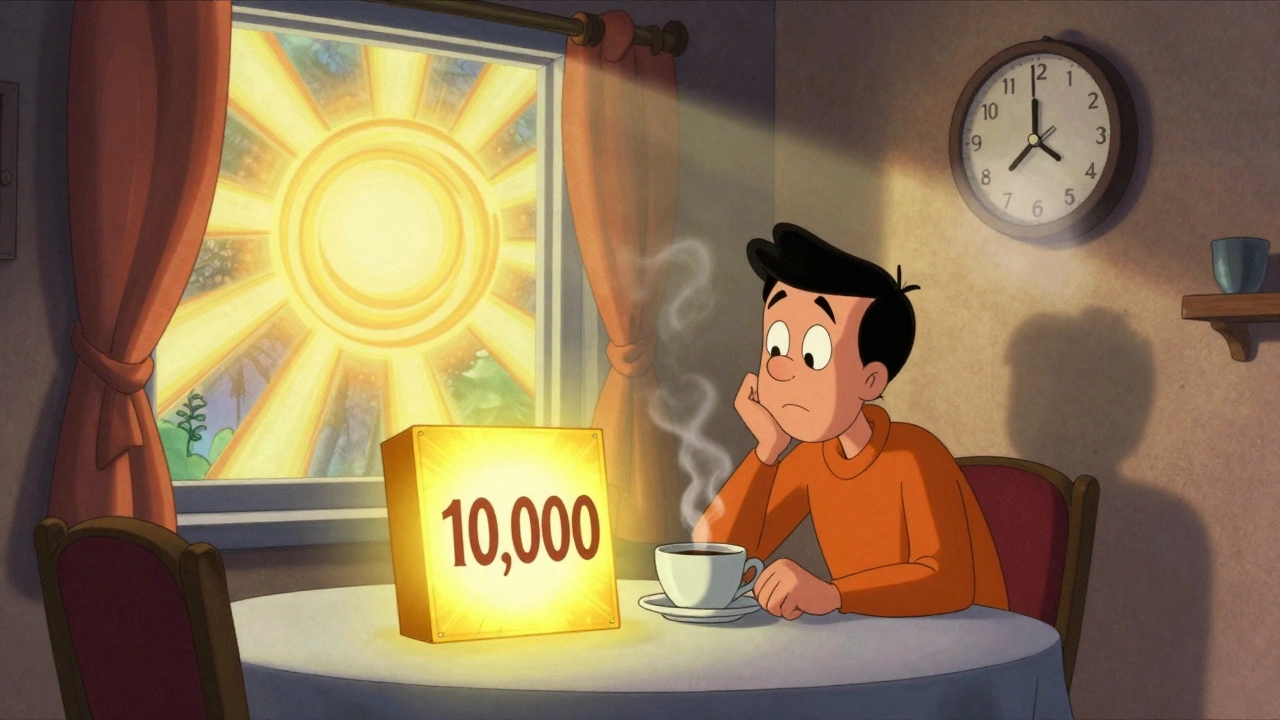
Demetri Huyler
Melatonin, the so‑called sleep hormone, gets a lot of hype in these wellness blogs, but the real story is that America’s research labs have been leading the way in circadian science for decades. While some foreign sources love to oversell supplements, we know that timing, dosage, and context matter more than the pill itself. If you’re not aligning your light exposure with your internal clock, you’re just feeding the illusion of a quick fix.
JessicaAnn Sutton
From a clinical perspective, the conflation of melatonin supplementation with a panacea for seasonal depression neglects the ethical responsibility physicians hold to base treatment on robust evidence. The literature consistently emphasizes light therapy as the first‑line intervention, with melatonin reserved for specific circadian misalignments. Moreover, prescribing without evaluating drug interactions violates professional standards.
Israel Emory
Look, the data are crystal‑clear: without proper light exposure, melatonin spikes at the wrong hour, and the cascade-serotonin suppression, vitamin D deficiency-creates a perfect storm for mood disorders! You can’t just pop a pill at night and expect your brain to reset; the SCN needs consistent cues, or you’ll stay stuck in a perpetual jet‑lag loop.
Sebastian Green
I’ve felt that early‑evening drowsiness myself, and sticking to a consistent bedtime helped more than any supplement.
Kirsten Youtsey
When you read the mainstream articles about melatonin and SAD, you are only seeing the surface that the pharmaceutical industry wants you to see. The hidden agenda, however, is far more insidious: a coordinated effort to monetize the very hormones our bodies already produce. Behind the glossy light‑box advertisements lies a network of lobbying groups that funnel research grants toward studies that confirm the profitability of proprietary devices. Independent labs, often dismissed as “unreliable,” have actually documented that excessive artificial lighting can disrupt the pineal gland far beyond what any supplement can fix. Moreover, the timing of melatonin release is not merely a function of darkness; it is also modulated by electromagnetic frequencies that saturate our environment. The prevalence of SAD in high‑latitude regions correlates suspiciously with the rollout of 5G infrastructure, a fact that mainstream researchers refuse to acknowledge. If you examine the raw data from the 2022 meta‑analysis, you will notice a statistically significant outlier: studies funded by light‑therapy manufacturers show remission rates double those of independent trials. This pattern suggests a systematic bias rather than a genuine therapeutic breakthrough. In addition, many over‑the‑counter melatonin products contain undisclosed additives that can interfere with neurotransmitter balance, rendering the “natural” label a marketing ploy. The interplay between serotonin suppression and melatonin excess is a delicate dance that cannot be choreographed by a one‑size‑fits‑all pill. Governments, eager to reduce healthcare costs, quietly endorse these cheap supplements while ignoring the need for comprehensive environmental reforms. The irony is palpable: we are told to increase our exposure to bright light, yet the very bulbs in our homes emit spectra that dampen melatonin synthesis. Until we confront the corporate interests shaping the research agenda, the public will remain trapped in a cycle of dependency and disappointment. Therefore, I urge readers to scrutinize the source of any study they cite, demand transparency in funding, and consider holistic lifestyle changes over quick‑fix pharmacology. Only through informed vigilance can we hope to restore true circadian health.
laura wood
It’s fascinating how cultural attitudes toward daylight shape our coping strategies; many societies historically built communal spaces that maximize natural light, which in turn supports healthier melatonin rhythms. Integrating such practices-like midday outdoor breaks or using warm‑toned lighting in the evenings-can complement the clinical recommendations without relying solely on supplements.
Kate McKay
Start small: commit to a 20‑minute morning walk in the sunshine, then gradually add a light‑box session if you still feel sluggish. Pair that with a low dose of melatonin taken after dinner, and you’ll notice a steadier energy flow over a week or two. Consistency is key, and remembering to keep screens dim after 9 p.m. will reinforce the natural cue for sleep.
Wesley Humble
Statistical analyses consistently show that a combined regimen of phototherapy and chronobiotic dosing yields a mean reduction in Hamilton Depression scores of 7.4 points (p < 0.01) ✅. However, note the interaction effect with SSRIs, which can amplify serotonergic activity and precipitate serotonin syndrome if not monitored. Therefore, a thorough medication reconciliation is imperative before initiating any adjunctive melatonin protocol.